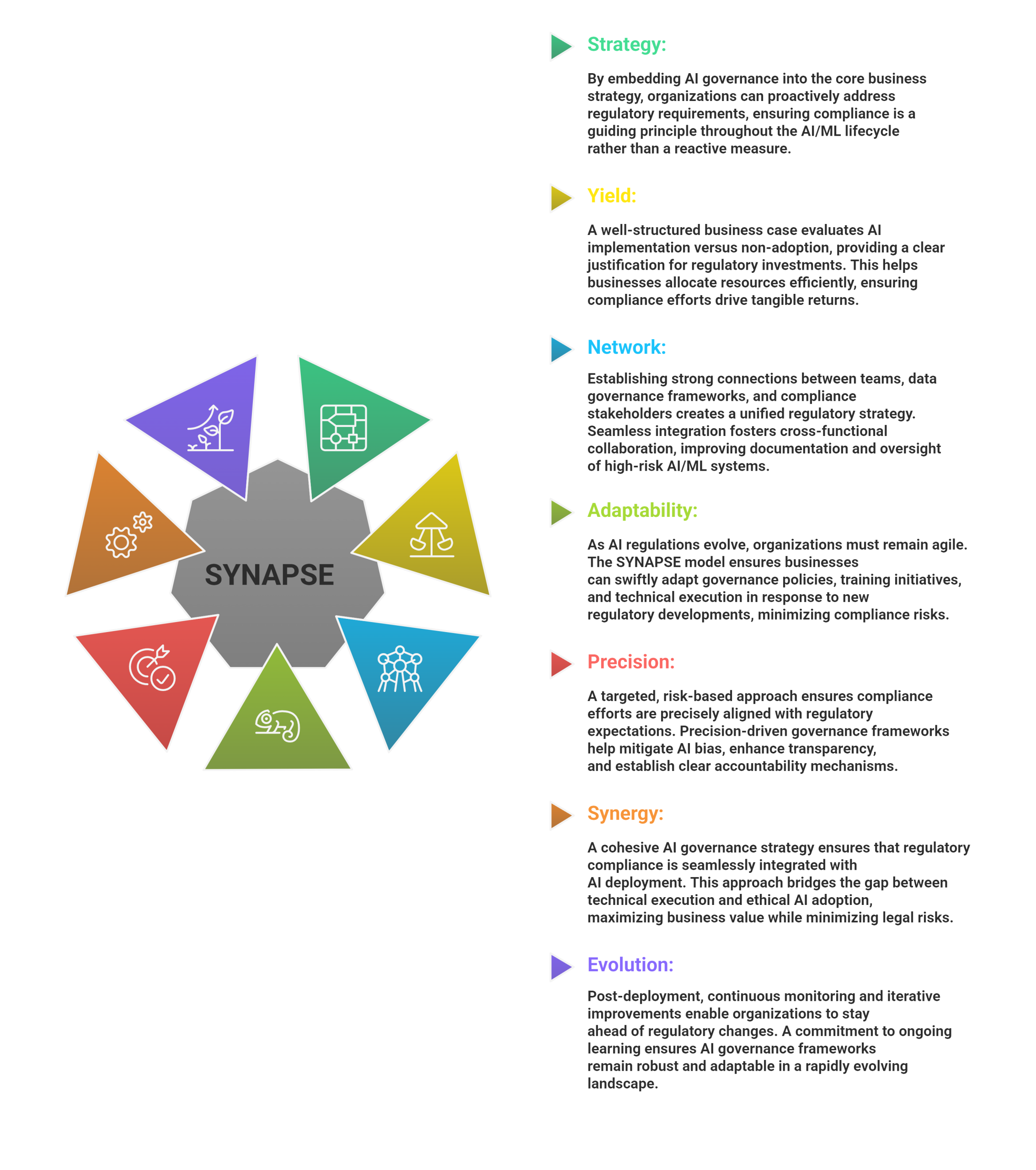- About Us
- Expertise Zone
- Success Stories
- Analytics Solution – Investment Bank
- Customer 360 – Retailer
- Data Lineage – Trading Exchange
- Data Quality – Financial Organization
- Leveraging Financial Information – Generative AI
- Data Privacy Program – Financial Organization
- Digital Transformation – Mobility Support
- Digital Transformation – Healthcare
- Work With Us
- Succeed Together
- 250 Main Street, 2nd Floor, USA
- support@example.com
- About Us
- Expertise Zone
- Success Stories
- Analytics Solution – Investment Bank
- Customer 360 – Retailer
- Data Lineage – Trading Exchange
- Data Quality – Financial Organization
- Leveraging Financial Information – Generative AI
- Data Privacy Program – Financial Organization
- Digital Transformation – Mobility Support
- Digital Transformation – Healthcare
- Work With Us
- Succeed Together
Ethical AI Adoption
The Rise of Machine Learning, AI, and Automation: Powering the Fourth Industrial Revolution
The Fourth Industrial Revolution is being driven by the rapid advancement of machine learning, AI, and automation—transforming industries, accelerating decision-making, and unlocking unprecedented efficiency. From predictive healthcare to autonomous systems, AI is reshaping the global economy. Businesses that strategically adopt AI are gaining a competitive edge, driving innovation, and unlocking new revenue streams.
However, the widespread adoption of AI brings ethical challenges and regulatory scrutiny. Without governance, AI can introduce risks—bias, lack of transparency, and unintended consequences. To harness AI’s full potential responsibly, organizations must align with emerging regulatory frameworks, ensuring compliance, accountability, and trust.
Why AI Governance is a Business Imperative
AI is no longer a futuristic concept—it’s a fundamental driver of business transformation. Yet, unchecked AI can erode consumer trust, lead to regulatory penalties, and expose organizations to legal and reputational risks. The solution? Proactive AI governance.
Regulatory frameworks, such as the EU AI Act, establish clear guidelines that prioritize fairness, transparency, and accountability. Businesses that embed compliance into their AI strategy are not just mitigating risk—they’re positioning themselves as leaders in ethical innovation. Compliance is not a roadblock; it’s a catalyst for responsible growth and sustainable AI deployment.
How AI Regulations Build Trust, Transparency, and Competitive Advantage
Governments worldwide are implementing AI regulations to protect fundamental rights while fostering innovation. The EU AI Act, for example, mandates explainability, human oversight, and risk assessment to ensure AI is auditable, fair, and free from harmful biases. These principles are not just regulatory obligations—they are business differentiators.
Organizations that prioritize AI governance gain a significant advantage:
- Trust: Consumers and stakeholders favor companies that uphold ethical AI practices.
- Resilience: A structured approach to AI risk management reduces exposure to compliance failures.
- Market Leadership: Compliance-driven innovation opens doors to new markets and partnerships, ensuring AI is scalable, sustainable, and legally sound.
Global AI Regulations: A Competitive Landscape
AI regulations are shaping the global market, with regions adopting distinct approaches:
- EU AI Act: A risk-based approach ensuring AI safety, transparency, and accountability. For more details about this act, please visit: Artificial Intelligence Act
- Canada’s AIDA: A rights-based framework emphasizing ethical AI and individual protections.
- USA: A sectoral approach, with AI oversight from the FTC, NIST, and state laws.
- Singapore: A governance-first model balancing trust and innovation.
- China: A strict focus on algorithmic transparency and data security.
Understanding these regulations is crucial for businesses operating across borders. AI governance ensures seamless global operations, minimizes compliance risks, and strengthens market positioning.
Navigating AI Governance: Risk vs. Rights-Based Approaches
AI regulations typically fall into two categories:
- Risk-Based (e.g., EU AI Act): Classifies AI systems by potential harm, imposing stricter requirements on high-risk applications.
- Rights-Based (e.g., Canada’s AIDA): Centers on protecting individual freedoms and ethical AI development.
Both models aim to balance innovation with responsibility. Businesses must integrate governance strategies that align with regulatory expectations while driving AI-powered transformation.
The Challenges of AI Regulation—and the Path Forward
AI governance comes with challenges, including:
- Liability: Who is responsible for AI-driven decisions—developers, businesses, or AI itself?
- Intellectual Property: How do AI-generated creations fit within traditional IP laws?
- Bias & Fairness: Ensuring AI models remain unbiased and ethically sound.
- Cross-Border Compliance: Navigating fragmented AI regulations across jurisdictions.
To address these challenges, organizations must adopt a governance-first approach, integrating ethical AI principles, continuous monitoring, and compliance frameworks. AI governance is no longer optional—it’s a strategic necessity.
With our deep expertise in AI/ML solutions, we bridge the gap between cutting-edge innovation and regulatory compliance. Our team is uniquely positioned to help you implement a robust AI governance program that aligns seamlessly with global standards, ensuring both agility and accountability.
Key AI Governance Challenges Shaping the Industry:

Our Unique Approach

